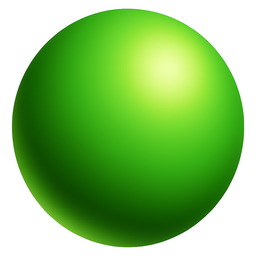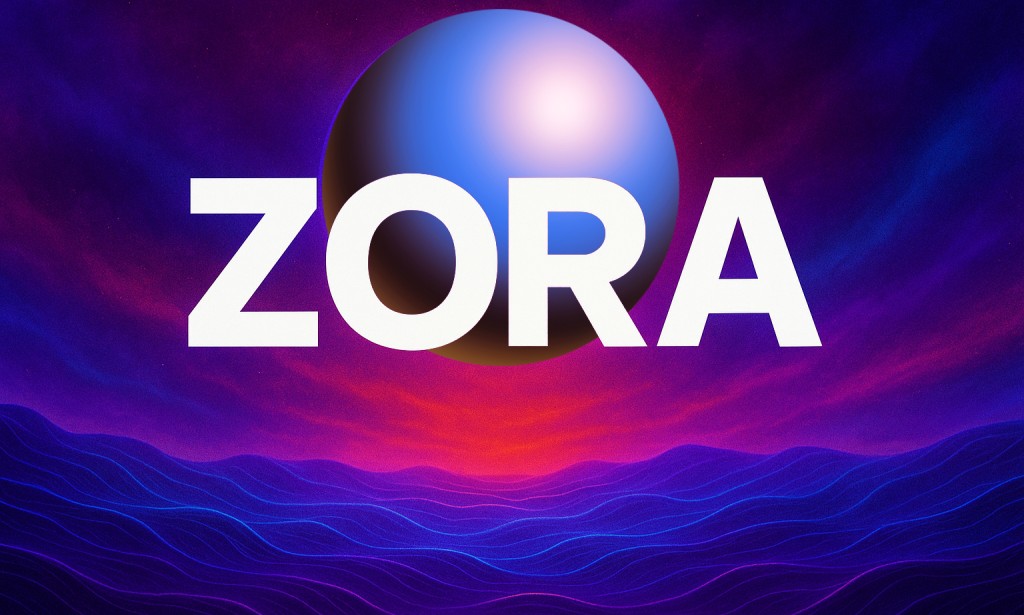Spend a few minutes in NFT land and Zora.co will pop up sooner or later, usually in the form of a hot tip, a meme, or a shout from a friend who always seems to have alpha before anyone else. But what exactly is Zora? Why is everyone—from digital artists to DAOs—flocking to this marketplace, and why should anyone new to Web3 care?
Zora.co is more than just another NFT site. It’s a permissionless protocol—a digital playground where creators and collectors make the rules. Forget velvet ropes and closed-door clubs. On Zora, anyone can mint, buy, or sell NFTs. No invite, no gatekeeping. The project kicked off in 2020, built by a handful of crypto veterans who were tired of watching big, centralized platforms call the shots. Zora’s response? Open-source everything. The protocol is composable, remixable, and ready for anyone to build on top of—kind of like swapping out big box retail for an indie street market that lives and breathes culture.
Early on, Zora looked like a digital gallery, but the real magic was in the protocol powering everything behind the scenes. Zora realized they could do more by making their marketplace rails open to all. Suddenly, DAOs, musicians, developers—anyone—could launch custom drops, open editions, or spin up entirely new marketplaces on top of Zora. The result? The space exploded with creativity, from wild art collectives to open edition drops and meme coin experiments.
That open ethos set Zora apart, fueling a movement that isn’t just about trading JPEGs but about unlocking onchain communities and reimagining how culture is created and owned. Artists were no longer limited to a single walled platform; they could build tools, remix drops, and create wild experiments that brought fans directly into the process. DAOs and collectives latched onto these rails, building entire ecosystems that lived outside the old gatekeeper model. Suddenly, “minting” wasn’t just a technical term—it was a verb that meant bringing new energy and possibility into Web3.
Today, Zora powers some of the biggest moments and most experimental projects across Ethereum and Base. Whether it’s a meme coin launching overnight, a musician dropping a limited run of digital tracks, or a generative artist spinning up a whole new market, Zora’s rails are almost always under the hood. The protocol lets you go as deep or as simple as you want—maybe you just want to collect some art, maybe you want to launch a DAO, or maybe you’re out to invent the next onchain trend.
In short, Zora matters because it gives everyone a shot. Anyone can mint, trade, and build—no velvet rope, no advanced knowledge required. Artists and DAOs set the tone, and Zora’s rails keep the momentum going. If you want to see what happens when crypto and culture collide, Zora’s where to start. Connect your wallet, mint something, or just dive in and vibe. The NFT world is wide open—and Zora’s holding the door.



You must be logged in to post a comment.